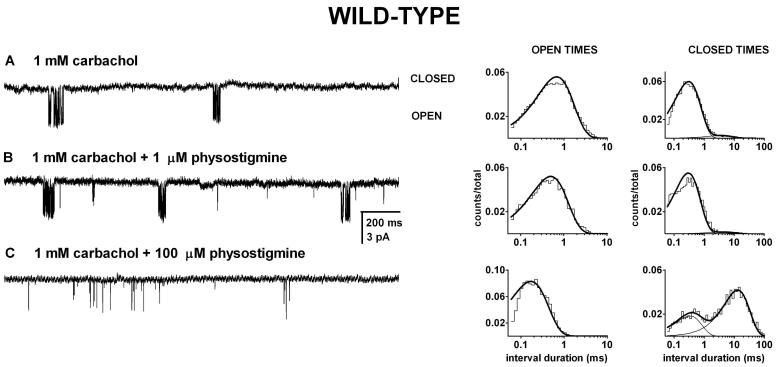Figure 7. The presence of physostigmine does not interfere with channel activation by carbachol.
Single-channel clusters and the respective open and closed time histograms from wild type receptors exposed to 1 mM carbachol (A), carbachol + 1 μM physostigmine (B), or carbachol + 100 μM physostigmine (C). The activity consisted of easily identified clusters. In the presence of 1 mM carbachol, the mean intracluster open duration was 0.54 ms, and the closed times were 0.25 ms (96%) and 3.4 ms. In the presence of 1 mM carbachol + 1 μM physostigmine, the mean intracluster open duration was 0.39 ms, and the closed times were 0.24 ms (98%) and 9.6 ms. In the presence of 1 mM carbachol + 100 μM physostigmine, the mean intracluster open duration was 0.18 ms, and the mean closed times were 0.27 ms (40%) and 9.6 ms. The presence of 100 μM physostigmine led to a decrease in channel open probability through a decrease in the mean open duration and an increase in the prevalence and duration of the longerlived closed time component. The presence of physostigmine was ineffective at modifying the duration of the shorter-lived closed time component (inverse of the effective opening rate) which is a measure of agonist binding and channel opening. We conclude that physostigmine does not interact with the sites that mediate channel activation by carbachol.

